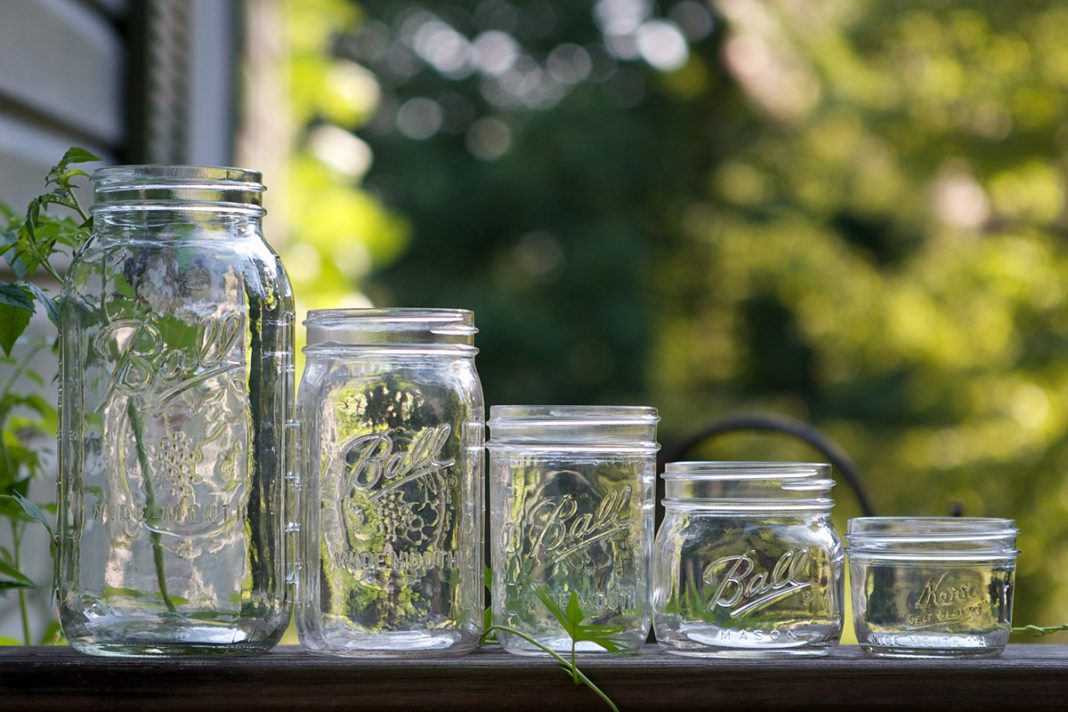Is it possible to imagine life without plastic? It’s everywhere — our packaging, our furniture, our buildings, our clothing, our medical and teaching supplies, our toys. Microplastics in particular — particles smaller than 5 millimeters that slough off plastic as it degrades — are in the air we breathe, the food we eat, and the water we drink. They have been found in human testicles, placentas, hearts, livers, kidneys, and even breast milk. Microplastics are in 99.7% of ocean surface waters, and in the stomachs of deep sea creatures. While we are only beginning to understand the impact on our health, we do know that the chemicals used in making plastics cause cancers, metabolic disorders, attention-deficit/hyperactivity disorder, and fertility issues.
Plastic comes from fossil fuels. They have been engineered and mass produced by oil and chemical companies, and we have been misled about the actual recyclability of them in order to lull us into continuing to use them. Plastics break up rather than break down. The U.S. leads the world in production of plastic waste, producing around 34 billion kilograms every year. According to new research published in the journal Nature, 57% of the plastic waste that enters the environment isn’t littered or dropped into the ocean—it gets burned. And while there are facilities that attempt to generate energy from burning trash, burning trash just generates more carbon emissions, and spews pollution into the air.
This weekend I pulled another 12 pounds of tomatoes in and harvested potatoes and leeks. I turned them into giant pots of soup and then ladeled them into smaller serving size plastic containers to freeze for future wintery lunches. I proudly posted photos on my Instagram, only to have one of my elder friend/mentors comment that she too was doing the same thing, only that she was pouring her soup into glass jars. She’s good like that, calling one in. Instantly I knew I, too, could and should be doing the same thing.
The most important solution to reducing plastic pollution is to simply reduce plastic use. Our friends at One5c offer these helpful tips. Pick one, start anywhere, and follow it everywhere. This is one of the many ways that together we begin to heal the planet.
Susan Phillips
Executive Director


